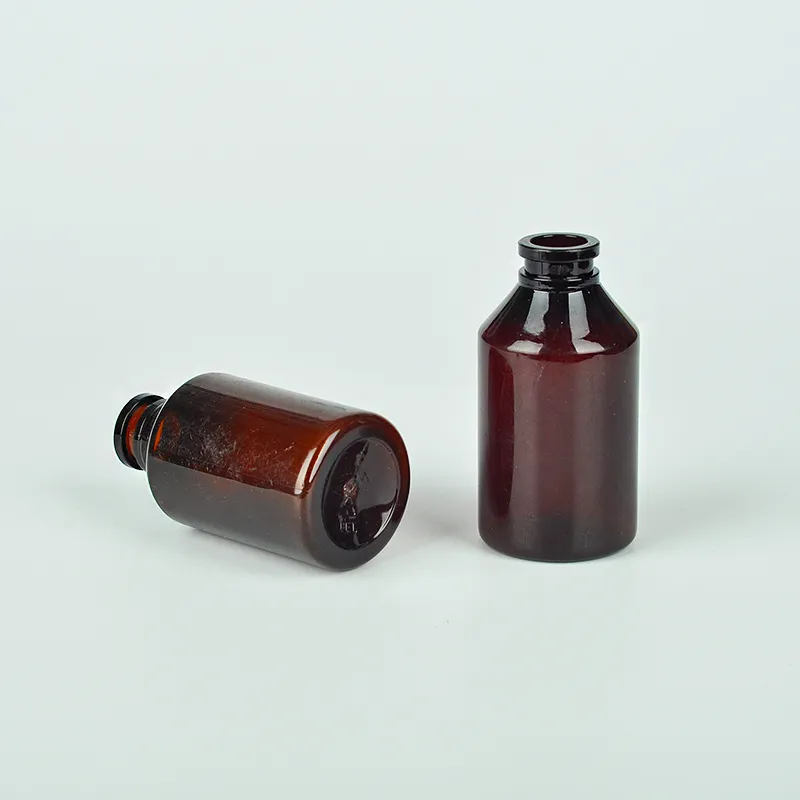blood sample collection tube types
Understanding Blood Sample Collection Tube Types
Blood sample collection is a critical procedure in healthcare, as it lays the groundwork for various diagnostic tests that determine the health of an individual. The efficacy of these tests largely depends on the proper selection and use of blood sample collection tubes. These tubes come in various types, each designed for specific tests and purposes. Understanding the different blood sample collection tube types is essential for healthcare professionals, lab technicians, and anyone involved in the process of blood sample analysis.
1. Types of Blood Sample Collection Tubes
Blood collection tubes are generally classified based on their composition and the additives they contain. The most common types include
- EDTA Tubes (Purple Top) Ethylenediaminetetraacetic acid (EDTA) tubes are primarily used for hematology tests, such as complete blood counts (CBC). The additive works as an anticoagulant by binding calcium, preventing blood from clotting, and ensuring that the cells remain suspended in plasma for accurate analysis.
- Citrated Tubes (Light Blue Top) These tubes contain sodium citrate as an anticoagulant and are typically used for coagulation studies, such as prothrombin time (PT) and activated partial thromboplastin time (aPTT). The citrate works by chelating calcium ions, which are essential for the clotting process, thus allowing for precise measurements of blood clotting abilities.
- Serum Separator Tubes (Gold or Tubes with Red Top) These tubes are designed to allow blood to clot before separation of serum from the clot. They are commonly used for serological tests and chemistry panels. The gel separator in these tubes aids in the separation of serum from the clot after centrifugation, preventing contamination of serum with cellular components.
- Heparin Tubes (Green Top) Heparin tubes contain heparin as an anticoagulant and are used for various blood tests, including chemistry and certain hematology tests. Heparin prevents clotting by inhibiting thrombin and other clotting factors, offering a quick option for certain tests that require plasma without the clotting aspects involved.
- Sodium Fluoride Tubes (Gray Top) These tubes contain sodium fluoride and are mainly used for glucose testing. The sodium fluoride acts as a glycolysis inhibitor, which prevents glucose from breaking down in the sample, thereby preserving the integrity of the glucose level for accurate evaluation in laboratory tests.
blood sample collection tube types

2. Proper Use and Handling of Blood Collection Tubes
The handling and processing of blood collection tubes are as crucial as their selection
. Here are some essential guidelines- Inversion After blood collection, tubes should be inverted gently a specific number of times (typically 5-10 times depending on the tube type) to ensure proper mixing of the blood with the additives. This prevents clotting and ensures homogeneity of the sample.
- Timing of Tests It is crucial to consider the timing of tests after collection. For instance, certain tests may yield different results depending on whether the plasma or serum is analyzed immediately after centrifugation or if it is allowed to sit longer.
- Avoid Contamination Approximately 95% of laboratory errors occur due to sample mismanagement. Proper labeling, correct handling, and storing of blood tubes are essential to avoid contamination with impurities that could skew results.
- Expiration Dates Collection tubes have expiration dates due to the degradation of additives over time, which can affect test results. Always check for the date before use.
Conclusion
The appropriate selection, use, and handling of blood sample collection tubes are fundamental in ensuring the accuracy and reliability of laboratory tests. Each type of tube serves a specific purpose, reflecting the diverse needs of diagnostics in modern medicine. Healthcare professionals must stay informed about the various tube types and their applications to uphold the integrity of blood sample analysis, ultimately leading to better patient outcomes. Understanding these details not only streamlines the diagnostic process but also enhances the overall efficiency of healthcare delivery.
-
Aesthetic Makeup Spray Bottles | Fine Mist Empty RefillableNewsAug.19,2025
-
White Plastic Veterinary Vaccine Vials | Lab Liquid BottlesNewsAug.18,2025
-
Plastic Medicine Liquid Bottle: Secure Flip Top Drug VialsNewsAug.17,2025
-
Durable 250ml Blue Plastic Vaccine Vial for Lab & Vet UseNewsAug.16,2025
-
Sterile Virus Sample Tubes: Secure & Reliable Specimen CollectionNewsAug.15,2025
-
White 250ml Plastic Vaccine Vial for Lab & Vet MedicineNewsAug.14,2025
























